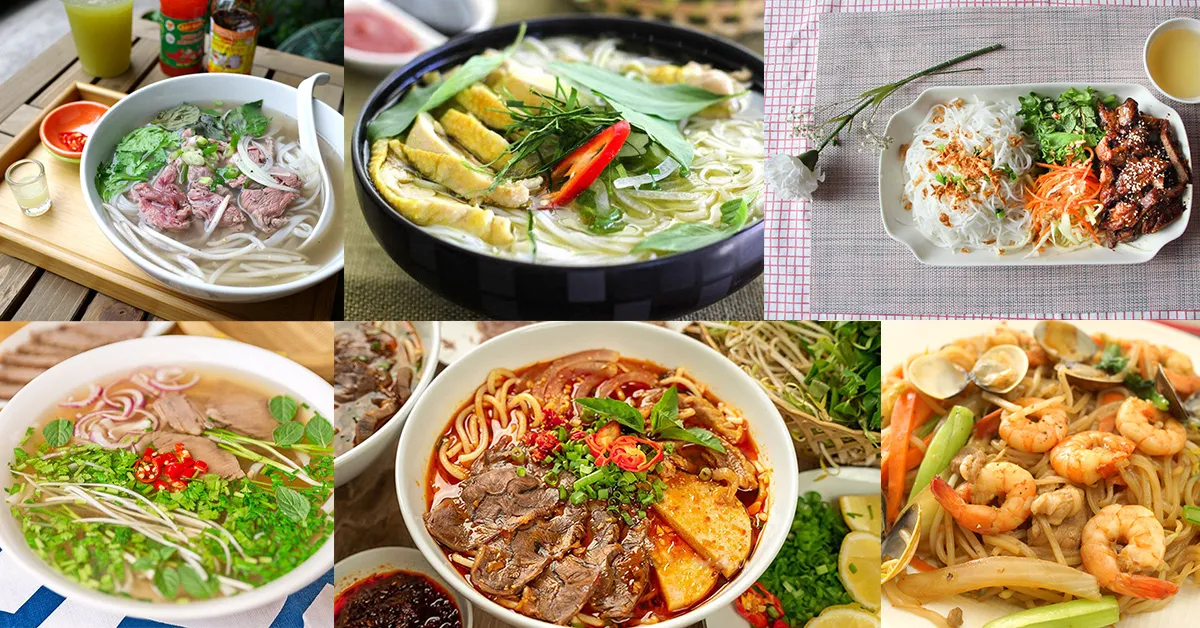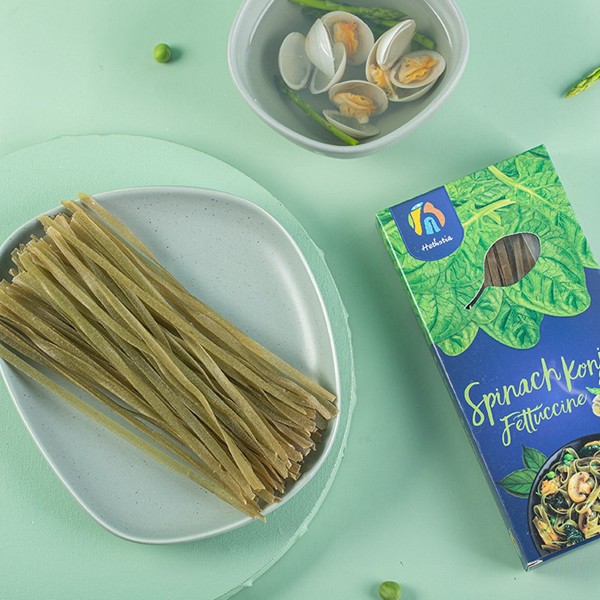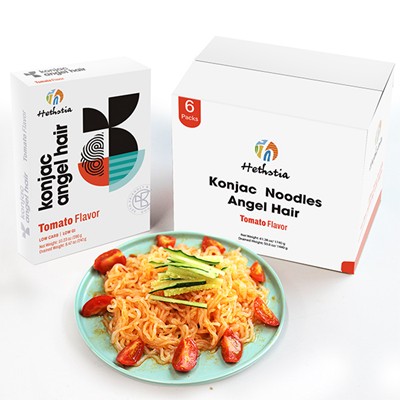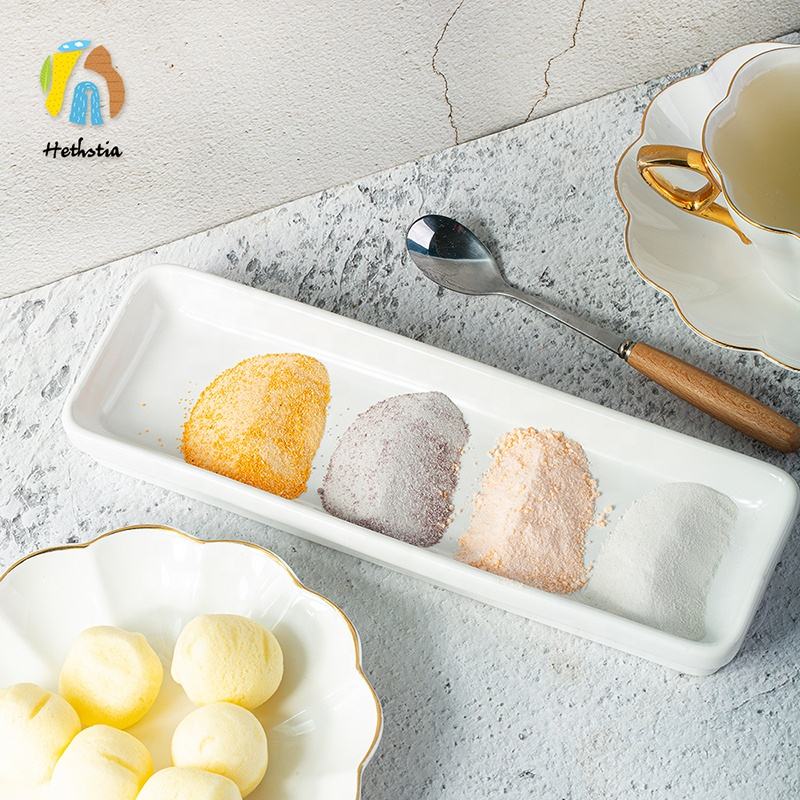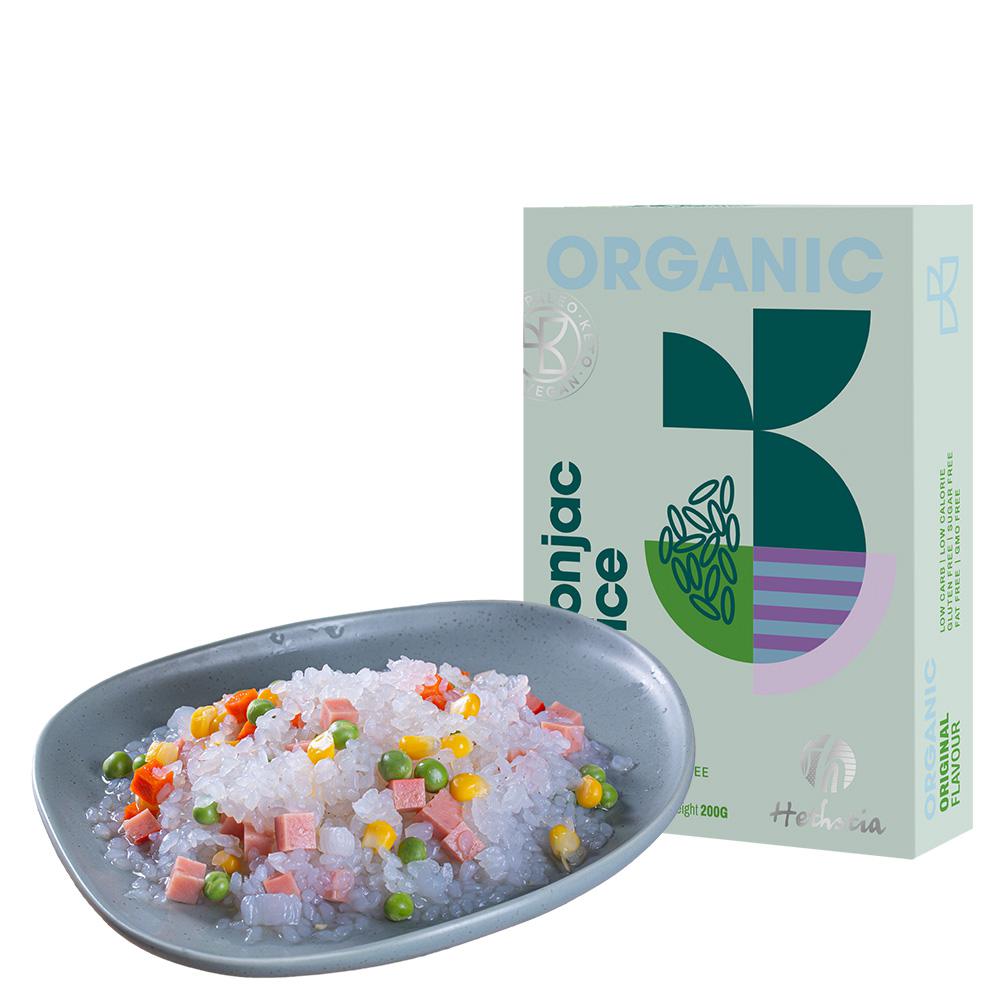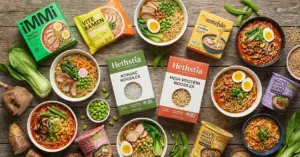Vietnamese Pho (Pho Nam, Southern Pho, or Train Pho) is one of Vietnam’s most representative national delicacies. Its unique charm comes from an interesting historical legend.
It is said that in the past, at Vietnamese train stations, pho was a common snack for passengers on the road. Whenever they got on or off the train, a bowl of steaming hot beef pho became their first choice. This habit gradually evolved into “Train” becoming a synonym for pho, symbolizing its status in people’s hearts.
In addition, the name “Train” is also considered to be a vivid metaphor for the deliciousness of rice noodles, describing the scene of people scrambling to taste it. Regardless of the origin of its name, Train Pho Noodles does attract the love of many diners.
Vietnamese pho combines the characteristics of Chinese rice noodles, French broth, and Southeast Asian spices, forming a rich variety of types and flavors.
Here are the main types of pho noodles, ingredients, and recipe references:
1. Northern Beef Pho Noodles (Pho Bac)
Features: The soup base is rich, the ingredients are simple, and the taste of beef is more prominent, mainly sirloin. Common ingredients include raw beef slices and cooked beef, paired with mint and coriander, with fewer added herbs and a fresh taste.
Ingredients:
– Soup base: beef bones, oxtail bones, beef brisket, onions, ginger, cinnamon, star anise, black cardamom, coriander seeds, fennel seeds
– Side dishes: green onions, coriander (cilantro), onions
– Pho noodles: wide and thick, with a square cross-section
Recipe reference:
1. Blanch the beef bones and brisket to remove the blood foam, and stew them with roasted onions, ginger, and spice bags (cinnamon, star anise, etc.) for 4-6 hours.
2. Slice the beef brisket after it is cooked, put the cooked pho noodles in a bowl, top with the beef slices, and pour hot soup over it.
3. Sprinkle with chopped green onions and coriander.
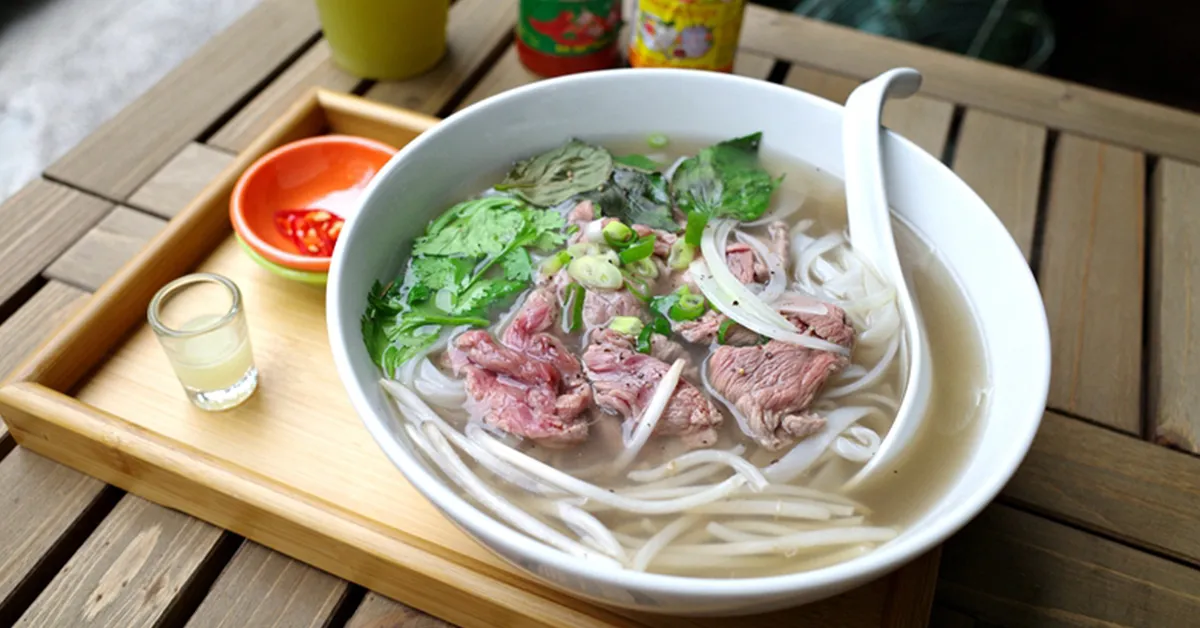
2. Southern Beef Pho Noodles (Pho Nam)
Features: The soup base is usually richer than the beef pho in the north, with more types of beef and more ingredients. Seasonings such as tomatoes, pepper, and fish sauce are usually added to the soup, giving it a stronger flavor.
Ingredients:
– Soup base: beef bones, oxtail, onion, ginger, monk fruit, grass fruit, fennel, star anise (some add shrimp paste to enhance the flavor)
– Side dishes: bean sprouts, lemon, Thai basil, mint, red pepper, beef tripe, beef meatballs
– Pho noodles: thinner, similar to rice noodles
Recipe reference:
1. Filter the beef bone soup after boiling, and add fish sauce for seasoning.
2. Boil the pho noodles, top with raw beef slices, beef tripe, and beef balls, and pour boiling broth to cook the beef.
3. Serve with bean sprouts, basil, and lemon, and dip in fish sauce or chili sauce.
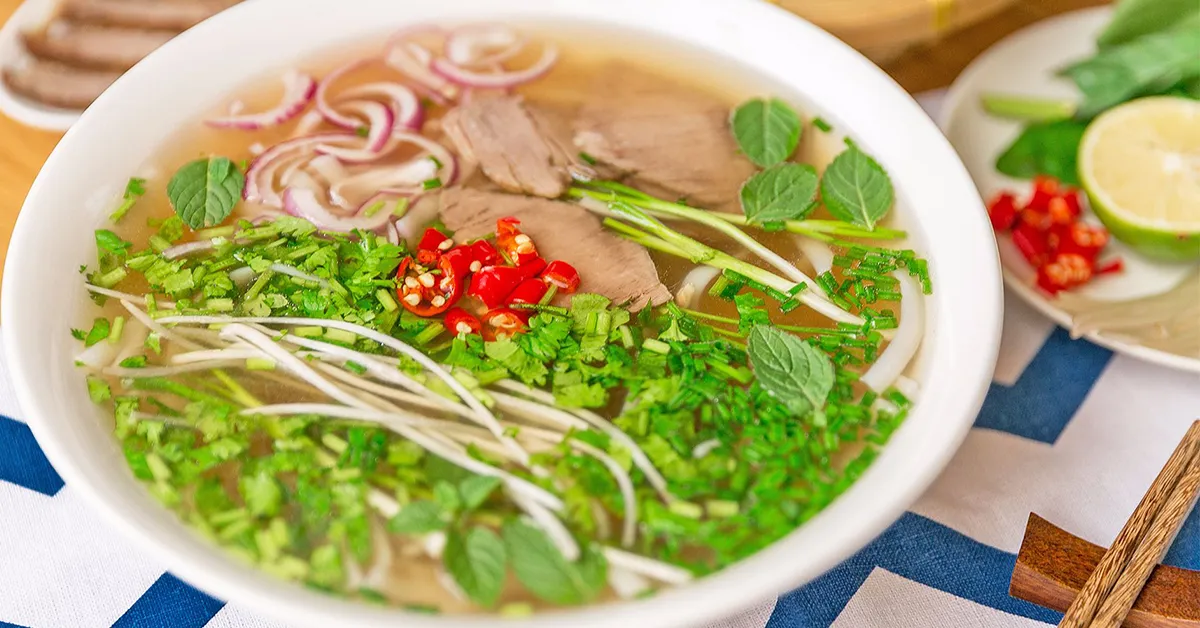
3. Chicken Pho Ga
Features: Compared with beef pho, chicken pho has a lighter soup base and a more prominent flavor of chicken. It usually uses chicken breast or chicken thighs and is paired with ginger-flavored fish sauce. It is suitable for people who like lighter flavors.
Ingredients:
– Soup base: chicken bones, pork shanks, shallots, ginger, cinnamon, star anise, cloves, grass fruit
– Side dishes: chicken thighs, bean sprouts, chives, mint, crushed peanuts
– Sauce: fish sauce
Recipe reference:
1. Boil chicken and pork bones in soup, add spice bag, and simmer for 2-3 hours.
2. Boil chicken thighs and tear into shreds. Boil rice noodles and put them in a bowl. Add chicken, bean sprouts, and mint.
3. Pour hot soup, sprinkle with crushed peanuts, and squeeze lemon juice for flavor.
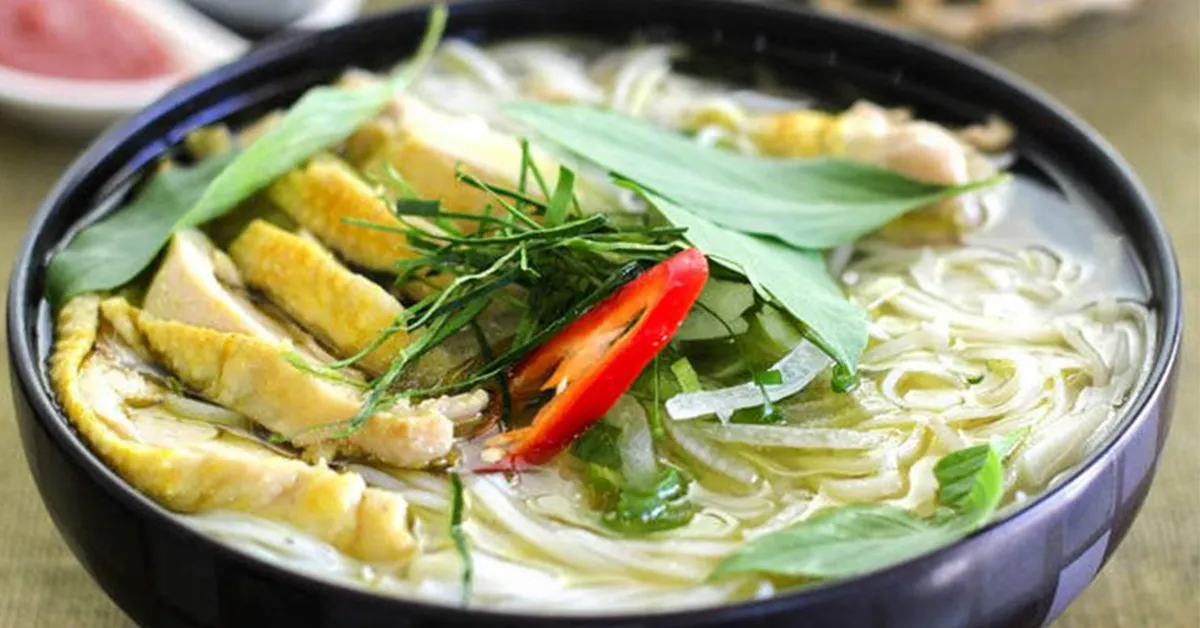
4. Bun Bo Hue
Features: Originated from the Hue area of Vietnam, the soup base has a strong spicy and sour taste, and is usually added with sauerkraut, chili peppers, pig blood, pig trotters, etc. to make the taste more stimulating.
Ingredients:
– Soup base: beef bones, lemongrass, shrimp paste, chili oil
– Side dishes: beef leg, pig’s trotter, pig’s blood, banana flower, eryngium
– Pho noodles: round and thick, similar to Yunnan rice noodles
Recipe reference:
1. Add shrimp paste, lemongrass and chili oil to beef bone soup.
2. Cook round noodles, top with beef, pig’s trotters and pig’s blood, and pour in hot soup.
3. Serve with banana flowers, bean sprouts and mint, and dip in fish sauce.
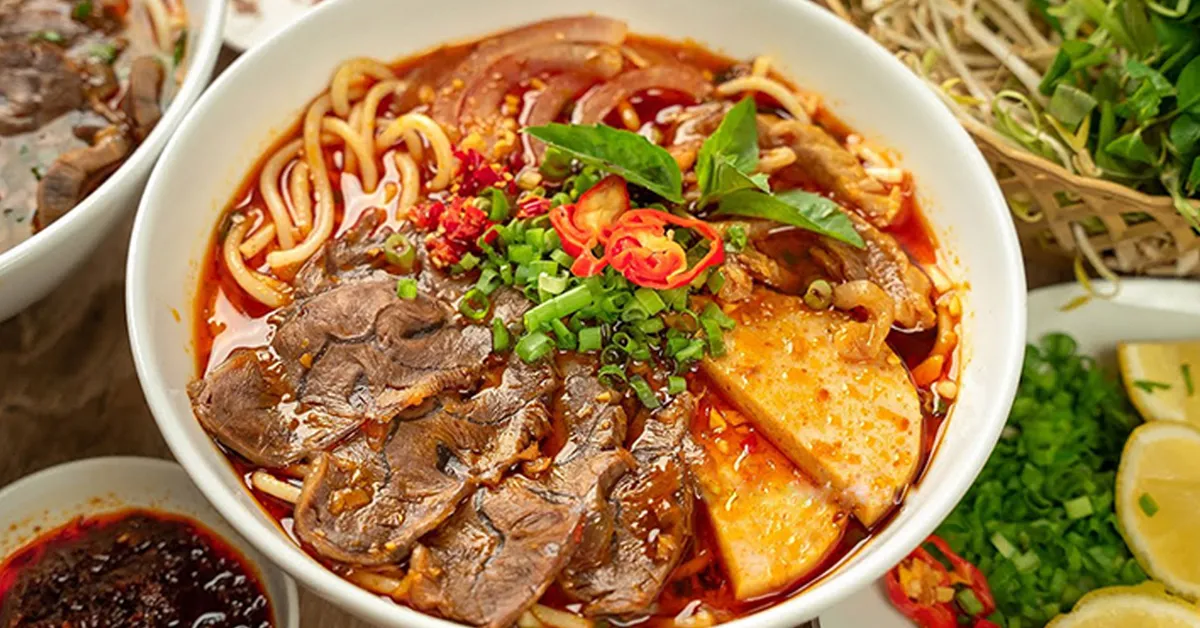
5. Bun Thit Nuong
Features: The rice noodles are thicker than traditional pho noodles. The soup base is usually a rich seafood or meat broth, paired with roasted pork and crushed peanuts. The soup is rich in flavor and has a unique taste.
Ingredients:
– Rice noodles: thin, round noodles (similar to vermicelli)
– Side dishes: roast pork, mint, basil, bean sprouts, carrots, crushed peanuts
– Sauce: sweet and sour sauce made from fish sauce, lemon juice, and sugar
Recipe reference:
1. Boil the rice noodles and rinse with cold water, then top with roast pork and vegetables.
2. Pour fish sauce over it, sprinkle with crushed peanuts, mix well and serve.
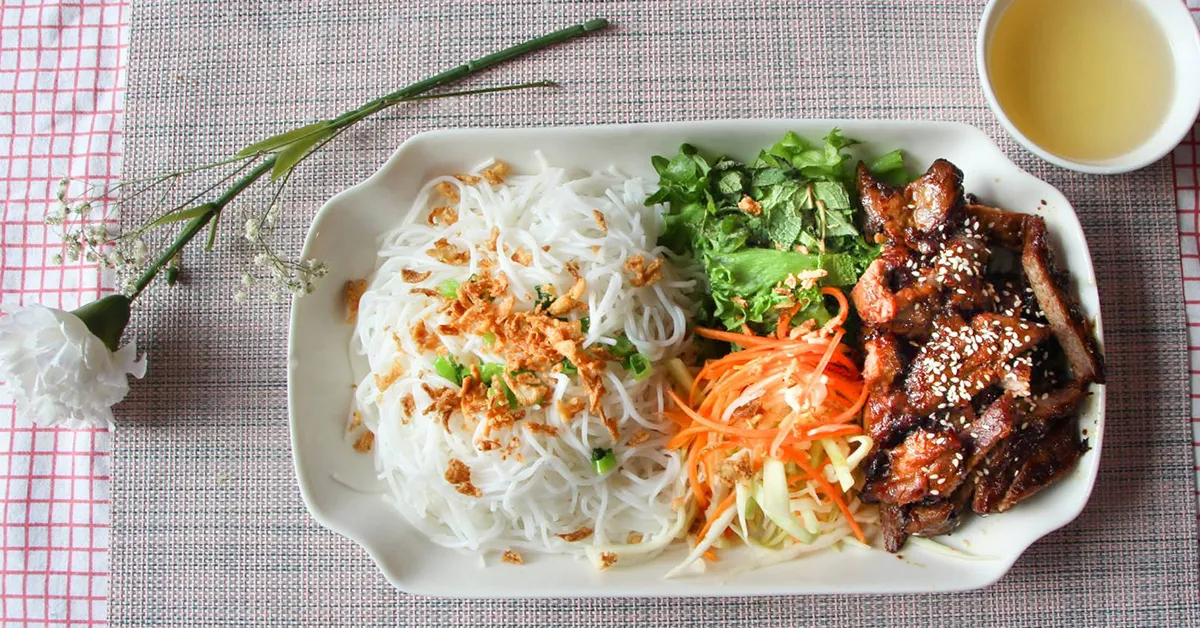
6. Pho Xao
Different from traditional soup rice noodles, it is a bit similar to Cantonese-style dry fried beef rice noodles. Fried rice noodles are made by frying rice noodles until they are crispy and fragrant, with beef, chicken, and vegetables. The flavor is richer and the taste is richer than traditional rice noodles.
Ingredients:
– Main ingredients: Vietnamese rice noodles, beef/chicken/shrimp, bean sprouts, onions, chives
– Seasoning: fish sauce, lemon juice, sugar, broth
Recipe reference:
1. Soak the pho noodles until soft, marinate the beef slices, and stir-fry until cooked.
2. Sauté the garlic and chili peppers, add the rice noodles and bean sprouts, stir-fry, and add fish sauce and lemon juice.
3. Finally, add the beef and basil leaves, sprinkle with crushed peanuts, and serve.
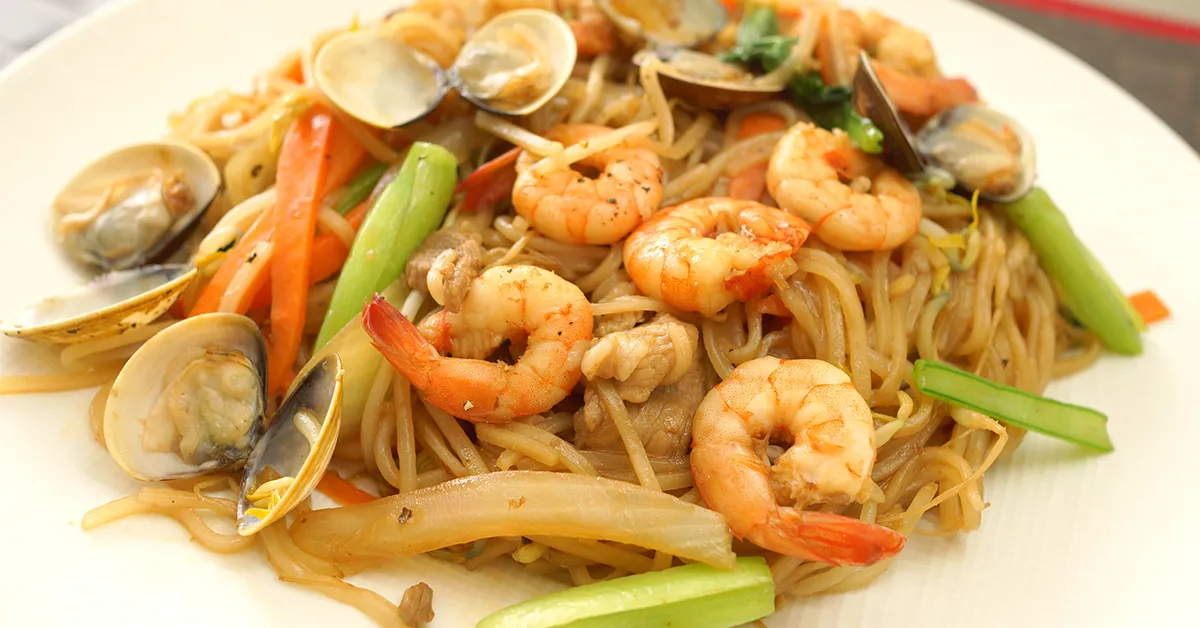
The diversity of Vietnamese pho is reflected in the soup base, ingredients and regional styles, from the simplicity of the north to the richness of the south, from beef to chicken, and even cold and stir-fried, each has a unique flavor. If you want to try making it, the key lies in the boiling of the soup base and the combination of spices, such as the north emphasizes spices and the south emphasizes freshness and sweetness.

